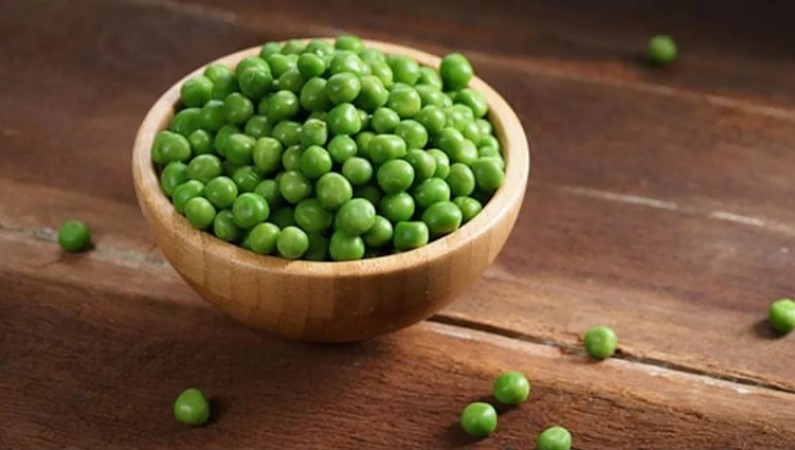
Green peas, often hailed as the small but mighty members of the legume family, are not just delightful in taste but also pack a nutritional punch that can significantly contribute to a healthy lifestyle. These vibrant, versatile little orbs are not only delicious additions to various dishes but also offer numerous health benefits. However, like any food, understanding both their advantages and potential risks is crucial to incorporate them into a balanced diet effectively.
Benefits of Eating Green Peas:
Nutrient-Rich Profile: Despite their small size, green peas are loaded with essential nutrients. They contain vitamins like vitamin K, C, A, and several B vitamins, offering a boost to the immune system and aiding in various bodily functions.
Rich in Fiber: One of the standout features of green peas is their high fiber content. Fiber is crucial for digestive health, promoting regular bowel movements, preventing constipation, and aiding in maintaining a healthy gut microbiome.
Source of Plant-Based Protein: For individuals following vegetarian or vegan diets, green peas serve as a valuable source of plant-based protein. They contain a good amount of protein necessary for muscle growth, repair, and overall body function.
Antioxidant Properties: Green peas boast antioxidants like flavonoids and carotenoids that help in reducing oxidative stress, combating inflammation, and protecting the body against chronic diseases.
Supports Heart Health: The combination of fiber, antioxidants, and phytonutrients in green peas contributes to heart health by lowering cholesterol levels, reducing the risk of cardiovascular diseases, and maintaining healthy blood pressure levels.
Potential Risks:
Despite their many health benefits, green peas may have some considerations:
Moderation in Consumption: While green peas are generally safe for consumption, overindulgence might lead to an excess intake of certain nutrients or compounds. For instance, purines in peas can be problematic for individuals prone to kidney issues or gout.
Allergic Reactions: Although rare, some individuals might be allergic to peas. Allergic reactions could range from mild symptoms like itching or hives to severe reactions requiring immediate medical attention.
Impact on Blood Sugar: While green peas are relatively low on the glycemic index, individuals with diabetes should monitor their intake as they still contain carbohydrates that can affect blood sugar levels.
Incorporating Green Peas into Your Diet:
Adding green peas to your diet can be effortless and enjoyable:
As a Side Dish: Steam or boil green peas and serve them as a colorful side dish to complement your main meal.
In Salads: Toss some peas into your salads to add a burst of freshness and nutrition.
In Soups and Stews: Green peas can enhance the flavor and nutritional content of soups, stews, and curries.
Snack Option: Enjoy them as a healthy snack by roasting them with a dash of seasoning.
Green peas are undoubtedly a valuable addition to a balanced diet, offering a wide array of health benefits. However, like any food, it's essential to consume them in moderation, particularly if you have specific health conditions or allergies. By incorporating green peas sensibly into your meals, you can relish their flavors while reaping their fantastic health rewards.
Read More: